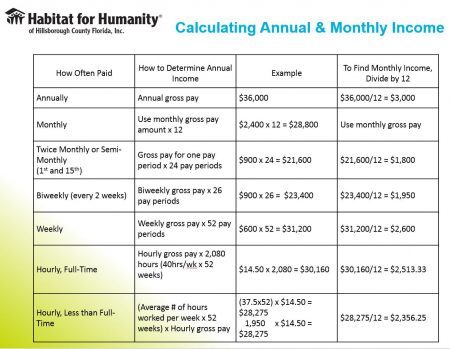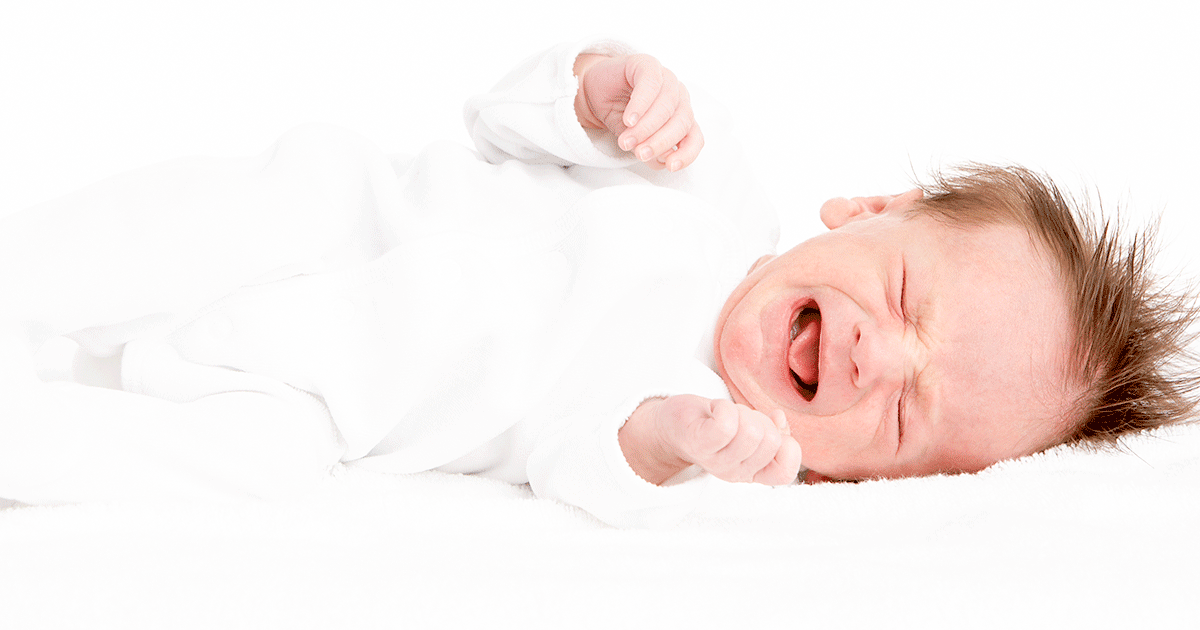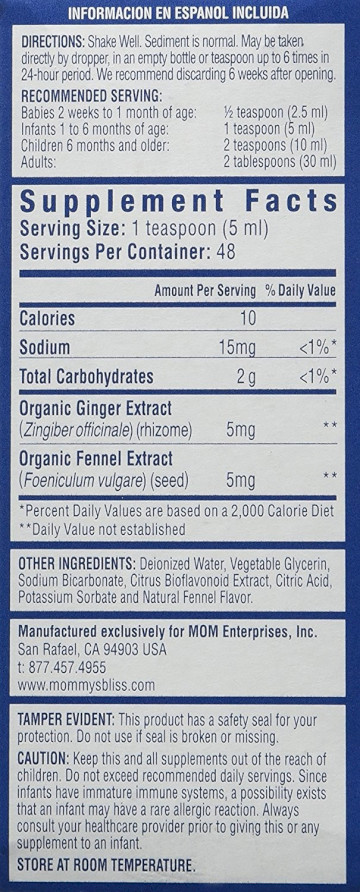How to help a child with sports anxiety
How to help a child with sports anxiety
When the pressure increases, kids get nervous.
Some athletes switch into “go” mode and get excited to go out there and do their best. Other athletes get worried and tense up. They might turn negative, withdraw, or give up before they’ve started.
No matter how many private lessons or pep talks, you never know if your kid will end up in tears or glowing with success. And you don’t know what they need from you.
Should you try to analyze it with them? Give them tough love? Back off and let them figure it out? Are you helping or just making it worse?
There’s nothing worse than a drive home in silent disappointment.
Sports anxiety is one of the key predictors of longevity of participation and enjoyment in sport (Gould, Greenleaf, & Krane, 2002). In order for your child to have a long and enjoyable sport career, it’s critical that they learn to cope with the pressure of competition. I’ll let you in on what the sport psychology research says about anxiety. I’ll also help you to determine if your child’s nerves are helpful or harmful. Then, I’ll show you what causes it, and what you need to know to help your child through it.
Sports anxiety is a tendency to view competitive situations as threatening and to respond to these situations with apprehension and tension (Martens, Vealey, & Burton, 1990).
When under pressure, motor skills that are usually automatic become impaired by additional tension. Athletes “choke” while attempting well-learned tasks (Baumeister, 1984). Even highly-skilled athletes fall into the downward spiral of making “stupid mistakes” on skills they have been practicing for years. They get obsessed with the fear that it will happen again. This makes them even more tense and likely to mess up again.
There are mental, physical and behavioral components to sports anxiety. The physical component (somatic anxiety) includes symptoms like:
The physical component (somatic anxiety) includes symptoms like:
- Increased heart rate
- Tension
- Sweating
- Trembling
The mental component (cognitive anxiety) includes:
- Worry
- Negativity
- Self-doubt
There are also personality factors to consider. Some athletes are more prone to competition anxiety if they have a predisposition toward high anxiety in many situations.
Somatic anxiety was found to predict poor performance under pressure. This is likely because an athlete’s focus is directed away from what they should be doing, to body sensations that are not conducive to performance (Wang, Marchant, Morris, & Gibbs, 2004).
Cognitive anxiety, which is more common in females and older athletes, also contributes to concentration disruption (Grossbard, Smith, Smoll, & Cumming, 2009). Athletes who have more anxiety in general are more likely to experience poor performance under pressure (Martens et al.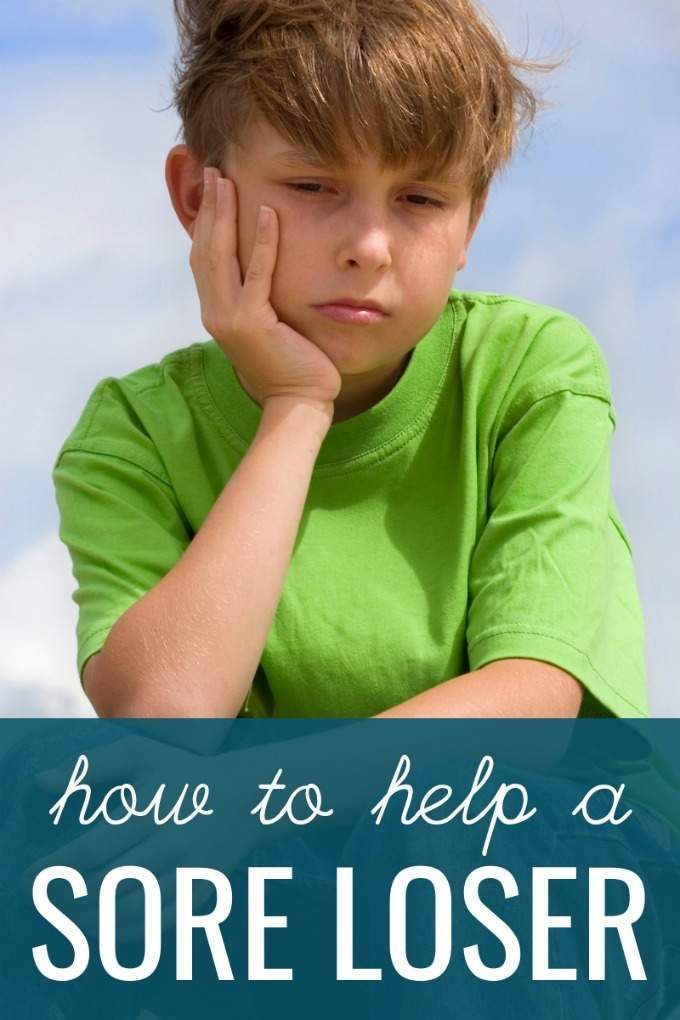 , 1990; Wang et al., 2004).
, 1990; Wang et al., 2004).
The good news is that there are highly effective coping skills that anyone can learn. Although anxiety is a reality for some kids more than others, most can learn to thrive in competitive situations.
Not all anxiety in sport is harmful. Anxiety can benefit performance through focusing energy and attention on the task at hand (Lazarus, 1984). Other research has shown that negative emotions such as pre-competition anxiety can lead to increased effort (Eysenck et al., 2007). Despite an initial negative interpretation of anxiety, these emotions can be helpful for increasing motivation, effort, and/or focus (Neil et al., 2011).
Harmful anxiety is related to the athlete’s interpretation of the negative emotions (Neil et al., 2011). When an athlete sees anxiety as something that will hurt performance, this can trigger increased physical anxiety, resulting in further negative thoughts (Lazarus, 1998).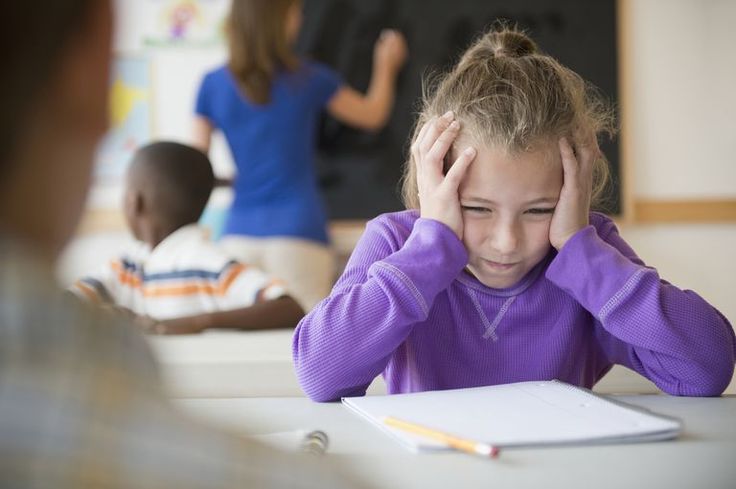
When emotions are perceived as detrimental to the upcoming performance, negative feelings intensify and interfere with the athlete’s concentration, affecting their ability to execute necessary tasks (Neil et al., 2011).
If a child has had the experience of “choking,” then they feel their body ramping up with nervous energy, they get more nervous, compounding the negative feelings. This sets in motion the Sports Anxiety Cycle:
- They believe that getting nervous will negatively impact their performance
- They get nervous
- They believe they will not do well, which makes them more nervous
- They don’t do well
- The pattern is further solidified
Two types of stressors lead to increased anxiety in athletes: performance stressors and organizational stressors.
- Performance stressors are related to preparation, risk of injury, expectations, self-consciousness, and rivalry.
- Organizational stressors are related to the competition environment, an athlete’s perceived responsibility, leadership, and expectations for improvement.

Lots of factors determine the way an athlete responds to competition stress (10.1080/08917779008248733">Smith, Smoll, & Schutz, 1990). These factors include:
- The athlete’s typical sport anxiety level
- The nature of the competitive situation
- Personal coping strategies
If an athlete is generally nervous in sport or competitive situations, if they are feeling a lot of pressure, or if they lack coping strategies, he or she is much more likely to lose control.
In order to break the pattern of anxiety, an athlete’s brain must be re-wired for success. Kids need to learn a new reaction to competition. I teach athletes simple cognitive strategies that dissolve the pressure of “big” competitions. Successful athletes have developed a mindset that allows them put their best foot forward every time.
Heil’s psychophysiological model of risk discusses how fear of injury can negatively impact performance and actually increase the athlete’s likelihood of becoming injured.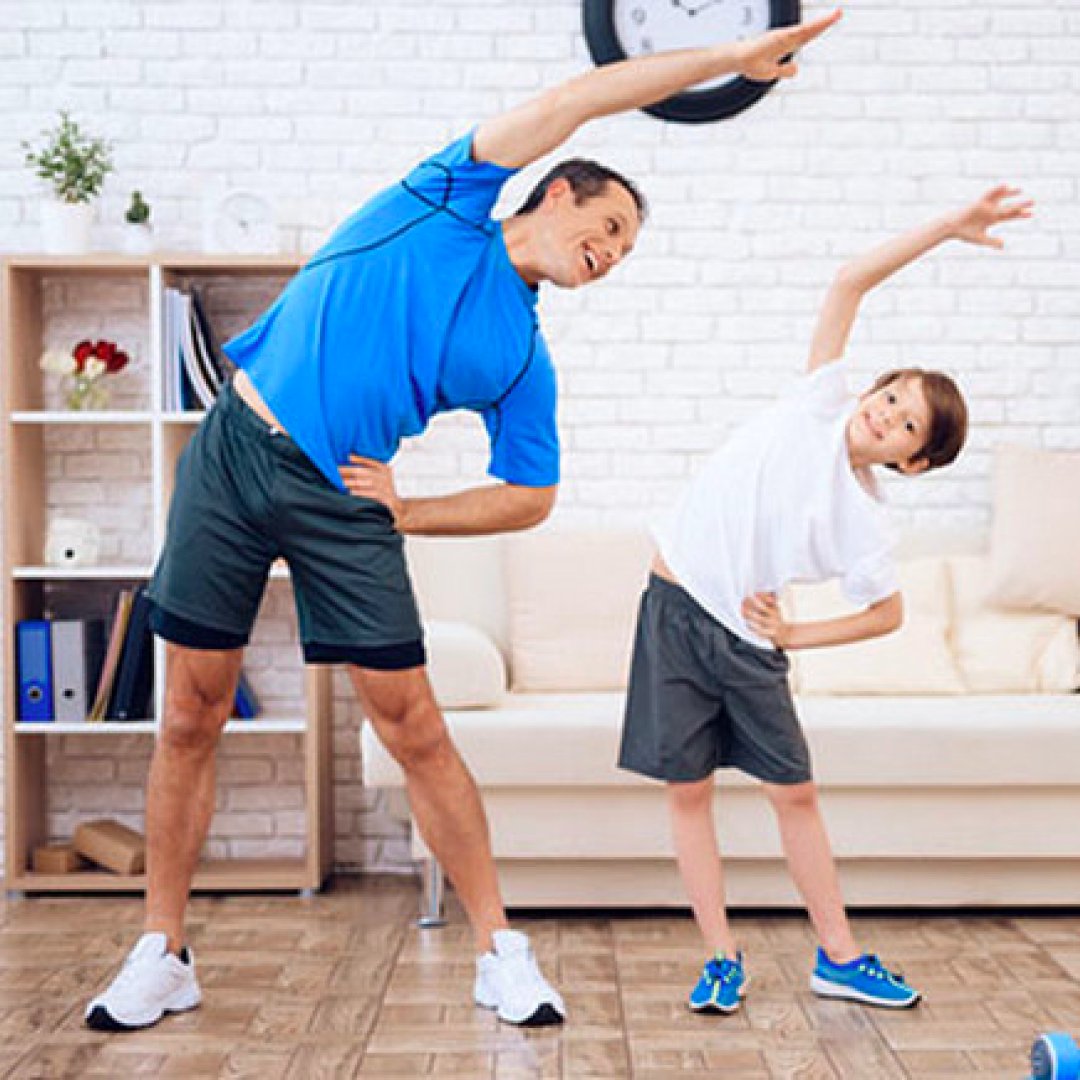 Chase, Magyar, and Drake (2005) studied gymnasts who had been injured previously. These gymnasts’ feelings of apprehension, anxiety, and fear were heavily influenced by the fear of being injured again.
Chase, Magyar, and Drake (2005) studied gymnasts who had been injured previously. These gymnasts’ feelings of apprehension, anxiety, and fear were heavily influenced by the fear of being injured again.
Fear of injury actually increases the likelihood of injury. And of course, injury increases the fear of injury. Thus we have another potentially debilitating mental cycle of fear and stress. Strategies like imagery and confidence building, when done right, can break the cycle.
Sport performance anxiety involves irrational fears of things related to performance and being evaluated. Research shows that fear of failure, not looking good to peers, or disapproval by significant others (like parents and coaches) provide some of the biggest contributors to sport performance anxiety (Smith et. al., 1995; 10.1080/08917779008248733">Smith et al., 1990).
Perfectionists tend to have more sport anxiety because they are highly self-critical and concerned with how they appear to others.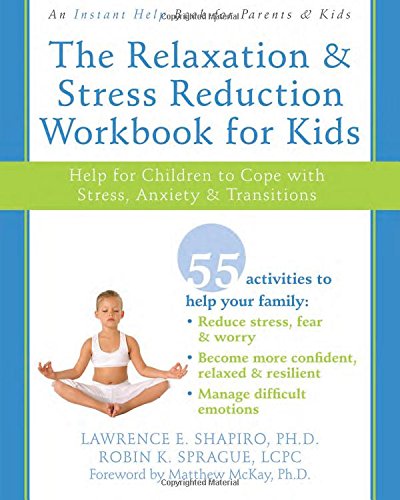
Many, if not most, high achievers fall into this category. The qualities that make them great (attention to detail, motivation to succeed, dedication) also lead to competition meltdown. Highly self-conscious athletes were more susceptible to choking under pressure. The reason for this is that athletes who have a predominantly internal, critical focus are more sensitive to concerns of performance outcomes and evaluation by others (Wang et al., 2004).
Passer (1983) found that children with higher levels of sport performance anxiety were more afraid of failure and criticism from significant others. They also worried more about making mistakes, playing badly, and losing than those with less overall sport anxiety. Because coaches administer approval and disapproval based on athlete performance, they play an important role in the development and maintenance of performance anxiety (Smith et. al., 1995).
For athletes who fear failure and disapproval, critical or punitive feedback from coaches or parents can lead to an environment that is detrimental to peak performance (Passer, 1988).
Regardless of what causes it, perceptions of fear have the ability to interfere with an athlete’s attention and disrupt future performance (Bandura, 1997; Chase et al., 2005).
Selective attention is a key element of sport success. This is the ability to focus on specific things while ignoring others. In an anxious state, selective attention is impaired because of the automatic attentional shifts to internal and external responses to a threat (Wilson, Vine & Wood, 2009).
In other words, It’s natural to become hyperfocused on a threat. This, however, will not allow an athlete to perform well if they are focused on the wrong thing.
Think of focus like a spotlight. There are only so many things you can light up at once. Typically an athlete can pay attention to just one or two things at a time. If an athlete is consumed by the threat of a competitor, or what people will think of them, it’s impossible to remain focused on execution or other relevant tasks.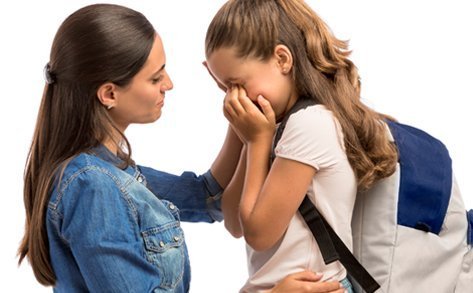 If they point their flashlight at the other team or to their pounding heart, they can’t see what matters, leaving them wondering why they blew it.
If they point their flashlight at the other team or to their pounding heart, they can’t see what matters, leaving them wondering why they blew it.
Here’s an example:
A study was done involving soccer players performing a penalty kick. Players who were more anxious spent more time looking at the goalie (the threat) than the corners of the goal, leading to more unsuccessful kicks than those who were less anxious (Wilson et al., 2009). According to Eysenck and colleagues (2007), this is because anxious athletes are less able to control their attention and prevent it from wandering.
When an athlete is anxious, his or her spotlight automatically shines on distractions or threats. Fortunately, the self-control necessary to maintain focus on what matters in a state of anxiety can be strengthened (Baumeister et al., 2006). Athletes can learn to keep their spotlight pointed on what will help them succeed, rather than what will make them fail.
Performance anxiety can also lead to a pattern of avoidance. If an athlete’s negative thoughts and emotions cause them to balk on a skill, without intervention, they will be more likely to avoid the task next time (Chase et al., 2005).
Just like athletes train their skills, they can train their mistakes. The more they have a negative reaction to stress, the more ingrained it becomes. When athletes fail to successfully complete well-learned skills, this can destroy confidence. It also decreases self-trust and the belief that they will be able to overcome the problem (Feltz, 1982).
This can lead to seriously bummed out kids.
The most important factor in determining whether an athlete will attempt or avoid a task or skill (Chase et al., 2005) is the belief that they can do it (Bandura 1977, 1997). Successfully overcoming sports anxiety is related to the level of confidence an individual has in his or her abilities (Bandura, 1977).
Bottom line – if you don’t believe you can do it… you will prove yourself right. If you believe in yourself, you can overcome performance fears and anxiety.
A study done on gymnasts (Chase et al., 2005) revealed that past success, consistency, and communication with significant others had positive impacts on self-belief.
So, talking to your child, highlighting their successes and celebrating their efforts does help build their confidence. When an athlete is struggling with anxiety around a particular event or skill, there are proven ways to get back on track.
Strong belief in an athlete’s ability to perform a specific task will often override performance fears (Chase et al., 2005).
Typically an athlete’s confidence is built on a foundation of past success (Chase et al., 2005). By taking baby steps, celebrating effort, and remaining committed to moving forward (Skinner, 1963), athletes can regain a history of success and increase self-belief.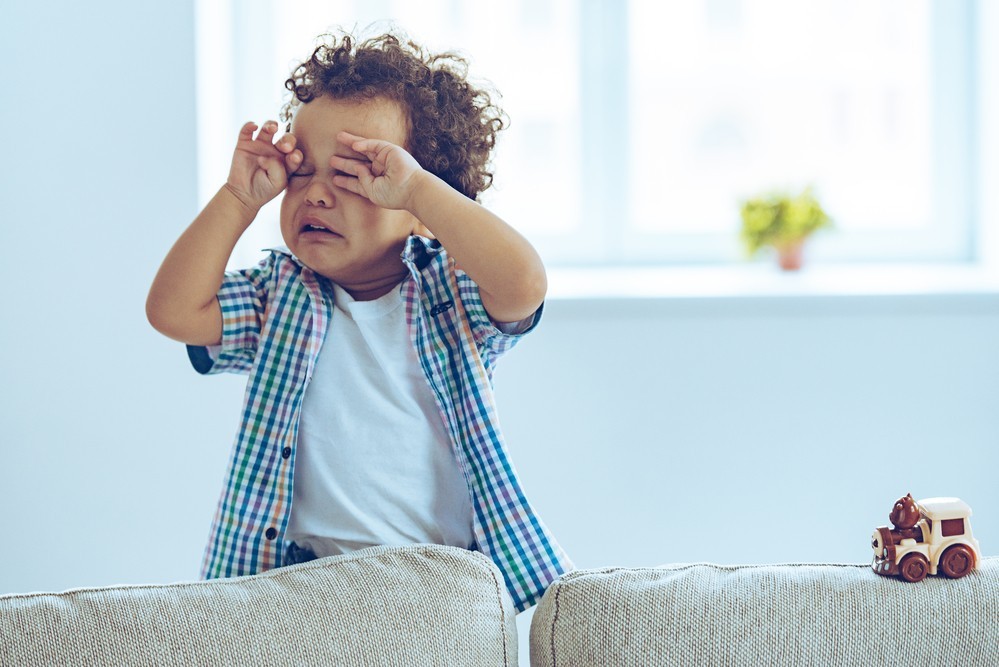 This decreases the anxiety associated with a “problem” skill. I have seen this process work time and time again with young athlete clients.
This decreases the anxiety associated with a “problem” skill. I have seen this process work time and time again with young athlete clients.
Nicholls, Holt, Polman, and Bloomfield (2006) demonstrated that mental skills like positive self-talk, following a routine, relaxation, and re-defining anxiety increased an athlete’s ability to cope during performance. Peer support, physical preparation, and coaches’ influence also play an important part in helping athletes overcome their fears (Chase et al., 2005).
A study showed that an emphasis on effort and personal improvement, while reducing the pressure to win, resulted in decreases in physical anxiety and worry in participants (Smith, Smoll, & Cumming 2007). Positive reinforcement of effort as opposed to focus on outcome also reduced stress and anxiety by increasing an athlete’s perceptions of control (Folkman, 1984).
Negative emotions may actually be beneficial for an athlete if monitored and framed in a constructive way. Neil and colleagues (2011) recommend that performance coaches monitor athletes’ interpretation of their emotions and help shift them toward a success mindset.
Neil and colleagues (2011) recommend that performance coaches monitor athletes’ interpretation of their emotions and help shift them toward a success mindset.
It’s important to determine whether the athlete is still focusing on distracting thoughts or has restructured them to increase motivation, improve concentration and boost effort. I work with kids to identify patterns that serve them and those that don’t. Together, we pick out thoughts that lead to motivation, concentration, and effort. We also seek out patterns that lead to distractions and stress. When we have figured out what is causing their particular brand of sports anxiety, we structure a plan and begin to re-wire the brain for peak performance and maximum enjoyment.
I’ve gone over some of the factors that determine whether higher levels of anxiety help or hurt performance. The way your child views the experience of nerves makes a huge difference in how it affects performance and enjoyment.
When kids allow their attention to shift from the task at hand to negative emotions, if intervention doesn’t happen right away, they start the downward spiral (Chase et al., 2005).
By reframing negative emotions and increasing self-confidence, athletes can override stress and fears, allowing them to perform at their best. This accomplishes our goal: happy, healthy, successful kids.
Your Teen Has Sports Performance Anxiety. Now What?
LaShieka Hunter / Supporting Emotional Health
Sep 27, 2021
Some children love sports, get pumped for a little competition, and thrive under pressure on the field or court. Others experience negative thinking, fear of failing, and the overwhelming need to be perfect. Indeed, game-day stress can make kids feel anxious—even debilitating those who don’t know how to deal with the emotions they are experiencing.
If your child experiences sweaty palms, trembling, headaches, a racing heart, or even vomiting before or during the game, it may be more than just “a bad case of nerves. ” They may have sports performance anxiety (SPA).
” They may have sports performance anxiety (SPA).
What is SPA?
Anxiety is the intense, excessive, and persistent worry and fear about everyday situations. But SPA occurs when someone is anxious, nervous, or too frightened to perform freely during competition. The person often has an irrational embarrassment or fear about not performing well or losing the game or match. SPA has a lot to do with the fear of failing.
Children with SPA often think to themselves, “I am terrible at this sport,” or “I can’t play under this pressure,” or “I am a terrible teammate,” or “I hurt my team more than I help.” This negative thinking and self-talk can destroy confidence and interfere with or inhibit their ability to compete in the sport.
How Should You Handle It?
You might think the smartest (or easiest) solution would be to have your child stop playing the sport altogether, right? Not necessarily, says Dr. Paul Harris, Assistant Professor of Education at the University of Virginia, who works with African-American male student-athletes on college and career readiness.
“Participating in sports is such a useful medium for so many life lessons, which is why I hesitate on saying don’t play the sport anymore, as opposed to learning how to work within,” he explains. “SPA is treatable and manageable. There are enough interventions to disrupt the narrative that is causing the anxiety so that the child can enjoy the sport.”
If playing the sport creates what Dr. Harris calls “an unyielding” amount of stress, interfering with a child’s performance, disrupting their daily living or social functioning, or even bringing about some perceived threat of being physically hurt during competition, that’s more than the pre-game jitters. It’s grounds to consider removing them from the activity.
But if your child is experiencing SPA, how can you help them combat it and build up their composure and resiliency? The key is to get rid of negative and irrational thoughts and control emotions. Here are seven strategies for doing so.
Turn down the volume on stress
You may be the type of parent who is passionate about the game and gets a tad bit loud when it comes to cheering or jeering.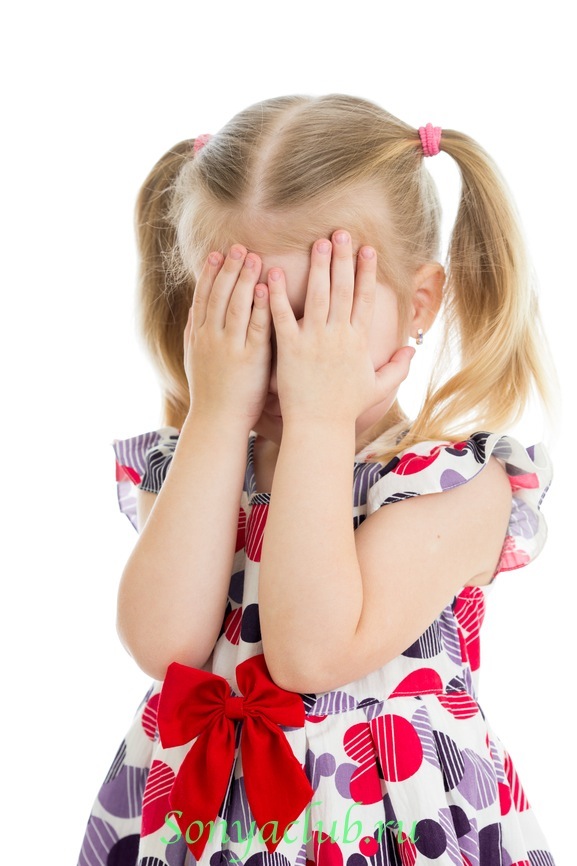 If so, make sure anything you’re saying comes from a place of love. Sports can be stressful enough without a parent yelling out critiques or causing scenes. “It’s usually not intentional. However, you have to ask, ‘What if what I’m doing is making it worse for my child?” Dr. Harris explains. “For example, unsolicited advice on the field or the court may seem like a little thing. But they are little big things.”
If so, make sure anything you’re saying comes from a place of love. Sports can be stressful enough without a parent yelling out critiques or causing scenes. “It’s usually not intentional. However, you have to ask, ‘What if what I’m doing is making it worse for my child?” Dr. Harris explains. “For example, unsolicited advice on the field or the court may seem like a little thing. But they are little big things.”
Jacques Louis, Director of Outreach at the Center for Parent and Teen Communication (CPTC) at the Children’s Hospital of Philadelphia (CHOP) has two teenage sons, ages 15 and 16, who play sports. He remembers realizing a time he’d been a little loud while yelling encouraging words at one of his son’s games. Afterward he explained, “I’m doing that to let you know that I’m your main cheerleader. I’m trying to build you up from a distance,” says Louis. “I think explaining that to your kids is helpful. And if it lands bad, you can say, ‘I’m sorry, I didn’t know you didn’t want me to yell like that. I’ll relax next time.’”
I’ll relax next time.’”
Keep an open dialogue
Honest conversations help keep SPA at bay. Help your child become comfortable enough to share their feelings about sports with you. A constant and open dialogue can help anxious children get matters off their chest and help you get in touch with their thoughts to be aware of nervousness that may actually turn into a problem. “If the student-athlete can communicate, ‘This is what triggers me,” or ‘This is where I am, and this is what would help me,’ that is going to be very beneficial,” says Dr. Harris.
Help your child become comfortable enough to share their feelings about sports with you. A constant and open dialogue can help an anxious child get matters off their chest.
Create pre- and post-game rituals
Louis and his wife try their best to comfort their sons. “We let them know -win or lose- we love you. We start and finish with that. Their mom is always there for that hug, and I am there to give them that high five to mitigate anxiety,” he says. He also lets his sons choose their own “hype music” to get psyched for competition. “We let the car be their space before the game. But on the way back, we talk, we debrief.” Don’t have a car? Let your teen put on their headphones so they can listen to music on the train, bus, or walk to the game. Afterward, chat about the game like Louis does.
He also lets his sons choose their own “hype music” to get psyched for competition. “We let the car be their space before the game. But on the way back, we talk, we debrief.” Don’t have a car? Let your teen put on their headphones so they can listen to music on the train, bus, or walk to the game. Afterward, chat about the game like Louis does.
Practice centering techniques
Helping your child create and memorize mottos they can repeat before each game can be effective. Dr. Harris says these memorized statements may help counter the irrational stories children may tell themselves and build resiliency. “Self-talk can really be useful. Every time those negative thoughts or feelings come up, the athlete has something prepared to help with the anxiety,” says Dr. Harris.
Other centering methods that can combat the jitters include deep breathing, mediation, yoga, and visualization. “The student-athlete is visualizing themselves successfully doing the sport and doing it with ease,” says Dr. Harris. “A lot of sports psychologists use this very deliberate and intentional technique because it really helps the athlete once they are in competition.” So tell your child to close their eyes before a game and see themselves winning the race, the ball easily going into the basket, or the effortless touchdown being made.
Harris. “A lot of sports psychologists use this very deliberate and intentional technique because it really helps the athlete once they are in competition.” So tell your child to close their eyes before a game and see themselves winning the race, the ball easily going into the basket, or the effortless touchdown being made.
Reconsider high-level sports
Amateur Athletic Union (AAU) organizations, Select Teams, and travel squads are not for every child. These elite leagues often involve rigorous schedules, tough competition, and stressful cultures – a surefire recipe for unease and frayed nerves. If your athletes participate in this type of advanced competition, make sure they are emotionally and physically ready for the constant pressure to succeed.
Before you even expose your child to these teams, ask whether they want to participate in high-level sports. If your child is already playing at this advanced level, check in often to see if they’re having fun, engaged, and want to continue.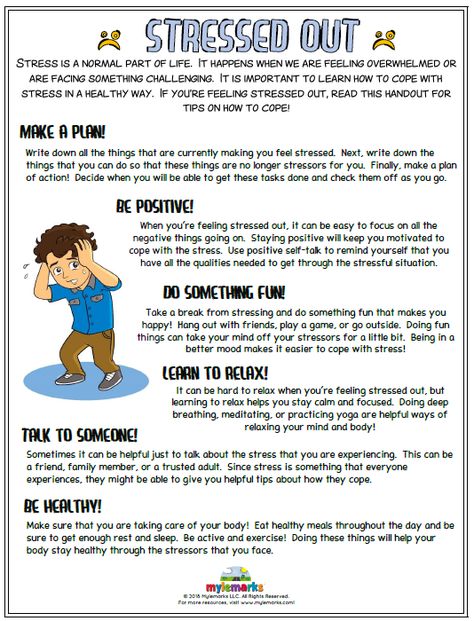 If not, close that chapter and move on, perhaps finding an intramural team or a local league that isn’t as intense.
If not, close that chapter and move on, perhaps finding an intramural team or a local league that isn’t as intense.
Seek professional help
Obtaining the help of a mental health professional is an act of strength. If you’ve followed the techniques above and your child is still exhibiting SPA, turn to a licensed mental health counselor specializing in children or adolescents and can help challenge the irrational beliefs SPA causes. Ask your child’s pediatrician to recommend a reputable practitioner or check out Psychology Today to find a therapist near you.
Stay calm
When your child is feeling anxious or nervous, it’s natural as a parent to worry or be concerned about their well-being. The key is to stay calm for the sake of your child. They are watching your every move, so try to show confidence, and they will follow your lead. Be patient and trust that over time and with some of the strategies mentioned above, your child’s SPA will decrease, and they will be just fine.
Scroll Up
Children's anxiety. How to help an anxious child? | "Four-leaf clover"
Children's anxiety
Anxiety is commonly referred to as an increased tendency to experience apprehension and worry. In some situations, anxiety is justified and even useful: it mobilizes a person, allows you to avoid danger or solve a problem. This is the so-called situational anxiety. But sometimes anxiety accompanies a person in all life circumstances, even objectively favorable ones. That is, it becomes a stable personality trait. Such a person experiences constant unaccountable fear, an indefinite sense of threat. Any event is perceived as unfavorable and dangerous.
An anxious child is constantly depressed, on guard, it is difficult for him to establish contact with others, the world is perceived as frightening and hostile.
An anxious child is constantly depressed, on guard, it is difficult for him to establish contact with others, the world is perceived as frightening and hostile.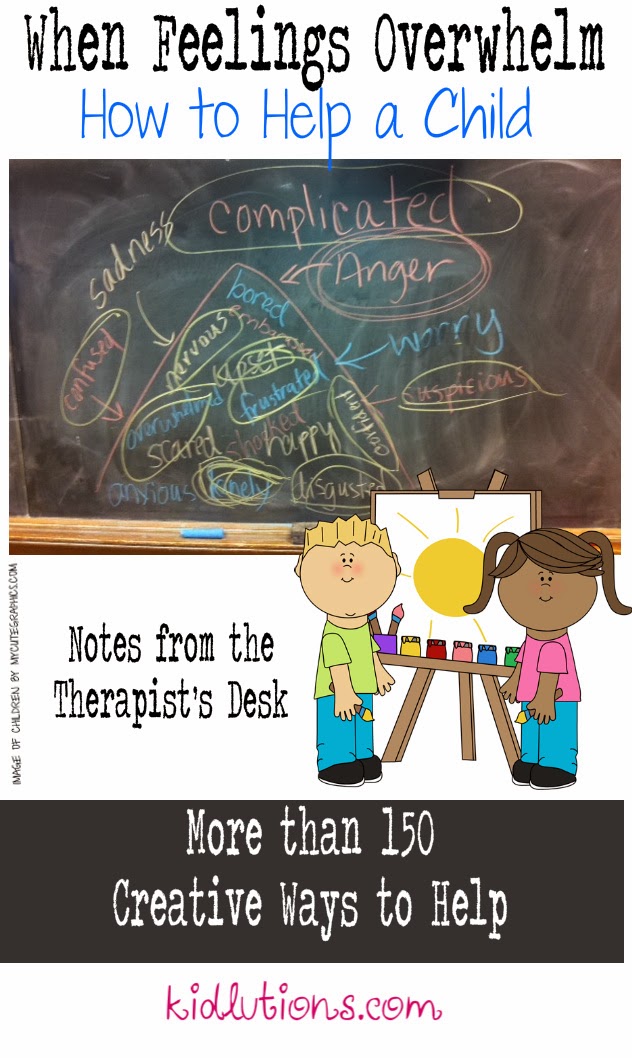 Low self-esteem and a gloomy look at the future are constantly fixed.
Low self-esteem and a gloomy look at the future are constantly fixed.
Signs of anxiety:
- The child cannot work for a long time without getting tired
- He has difficulty concentrating on something
- Any occupation causes unnecessary anxiety
- During the performance of the task is very tense, constrained
- Embarrassed more than others
- Often talks about tense situations
- Blushing in unfamiliar surroundings
- Complains about having nightmares
- His hands are usually cold and damp
- He often has stool disorder
- Sweats profusely when excited
- Does not have a good appetite
- Sleeps restlessly, falls asleep with difficulty
- Shy, many things cause him fear
- Usually restless, easily upset
- Often unable to hold back tears
- Does not tolerate waiting well
- Doesn't like to take on new business
- Unsure of yourself and your abilities
- Afraid to face difficulties
Childhood anxiety at different ages
Preschool anxiety
It is often difficult for parents to understand why their child may be worried. Well, what problems can there be at his age: dressed, well-fed, the yard is full of friends, a lot of toys, loving relatives ?!
Well, what problems can there be at his age: dressed, well-fed, the yard is full of friends, a lot of toys, loving relatives ?!
However, the presence of childhood anxiety problems signals that in the life of a small person, not everything is as smooth as it seems to adults. This condition should never be ignored. In addition, it doesn’t matter if you have a son or a daughter, at this age anxiety does not depend on the child’s gender.
Anxiety is inherent in a person, regardless of age. In children from 1 to 3 years of age, the most common fears are caused by sharp loud sounds, sudden pain, for example, during vaccinations, and as a result, a negative reaction to doctors. In the age range from 3 to 5 years, anxiety in preschoolers often manifests itself in the form of fears such as fear of the dark, closed space, and loneliness. At the age of 5 to 7 years, fear of death is often added. If you notice anxiety in your child, in no case should you let this problem go by itself.
In the age range from 3 to 5 years, anxiety in preschoolers often manifests itself in the form of such fears as fear of the dark, closed space, loneliness. At the age of 5 to 7 years, fear of death is often added.
School anxiety
The age from 7 to 11 years can become very difficult. At this time, the child's life changes, he becomes an adult, he is entrusted with the mission of studying well, behaving correctly, being better, diligent, smarter than his peers.
Usually, anxiety manifests itself 1.5 months after the start of the school year, it is in connection with this that schoolchildren need rest - holidays from 1 to 1.5 weeks.
Usually, anxiety manifests itself 1.5 months after the start of the school year, it is in connection with this that schoolchildren need rest - holidays from 1 to 1.5 weeks.
Sometimes anxiety is related to more serious problems.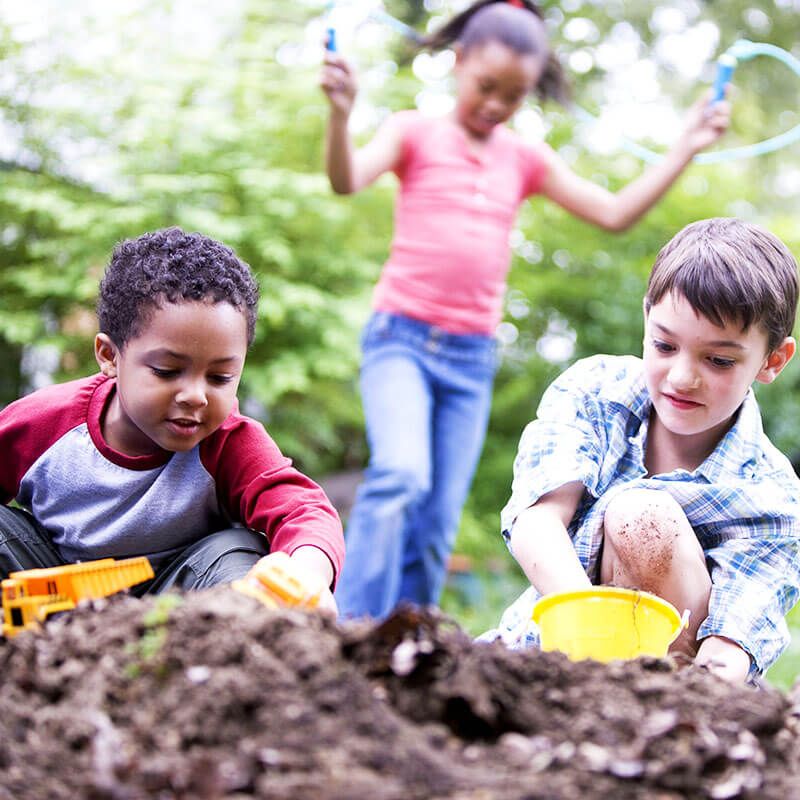 So, with the help of a professional psychologist at the Four-Leaf Clover Clinic of Restorative Psychology, a child can be diagnosed with a mental disorder, neurosis at an early stage.
So, with the help of a professional psychologist at the Four-Leaf Clover Clinic of Restorative Psychology, a child can be diagnosed with a mental disorder, neurosis at an early stage.
Where does increased anxiety come from?
- If there is a constant anxious and suspicious atmosphere in the house. If the parents themselves are constantly afraid of something and worry about something. This condition is very contagious, the child adopts from adults an unhealthy form of reaction to everything, even to ordinary life events.
- If the child lacks information (or uses incorrect information). Try to keep track of what he reads, what programs he watches, what emotions he experiences. It is sometimes difficult for adults to understand how children interpret this or that event.
- Anxious children can grow up not only with anxious parents. The authoritarian style of parenting in the family also does not contribute to the inner peace of the child.
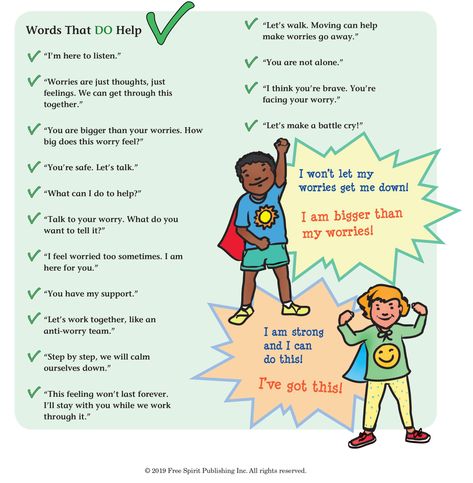
Parents who do not doubt and do not worry know exactly what and how to achieve in life. And most importantly - what they want to achieve from their child. Such a child must constantly live up to the high expectations of adults. He is in a situation of constant and intense expectation: he managed or failed to please his parents. It is especially difficult for a child if the demands and reactions of adults are unpredictable and inconsistent.
A child's internal conflict can be caused by:
- Contradictory demands made by parents or parents and the school (kindergarten). For example, parents do not let their child go to school because they feel unwell, and the teacher puts a “deuce” in a journal and scolds him for skipping a lesson in the presence of other children.
- Inadequate requirements, most often overstated. For example, parents repeatedly repeat to the child that he must certainly be an excellent student, they cannot come to terms with the fact that the child receives at school not only "five" and is not the best student in the class.
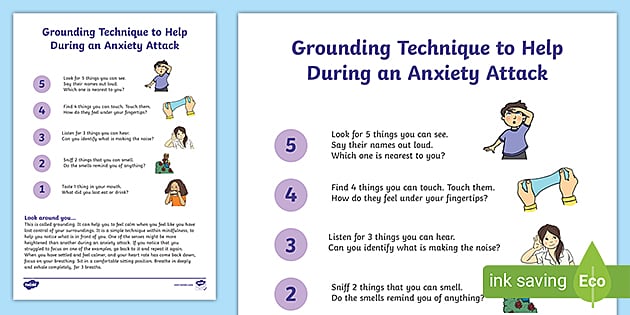
- Negative demands that humiliate the child, put him in a dependent position. For example, a caregiver or teacher says to a child: “If you tell me who behaved badly in my absence, I won’t tell my mother that you got into a fight.”
Experts believe that in preschool and younger preschool age boys are more anxious, and after 12 years - girls. At the same time, girls are more worried about relationships with other people, and boys are more worried about violence and punishment.
Having committed some “unseemly” act, the girls worry that their mother or teacher will think badly of them, and their girlfriends will refuse to be friends with them. In the same situation, boys are likely to be afraid that they will be punished by adults or beaten by their peers.
How to help an anxious child?
- Raise the child's self-esteem
To achieve success in this matter, it is necessary that an adult himself see the dignity of the child, treat him with respect (and not just with love) and be able to notice all his successes, even the smallest ones.
- Teaching a child to manage their behavior
It is necessary to teach the ability to manage oneself in situations that cause the greatest anxiety in the child
- Teach the child to relax
It is important for all children to be able to relax, but for anxious children it is simply a necessity, because the state of anxiety is accompanied by a clamping of different muscle groups.
It is very useful for such a child to attend group psycho-corrective classes - after consultation with a psychologist. The topic of childhood anxiety is well developed in psychology, and usually the effect of such activities is palpable.
Prevention of anxiety. Recommendations to parents.
- Communicating with your child, do not undermine the authority of other significant people.
For example, you can’t say to a child: “Your teachers understand a lot, better listen to your grandmother!”.
Be consistent in your actions, do not forbid the child for no reason what was allowed before.
- Consider children's abilities, do not demand from them what they cannot do.
If a child is given some kind of educational Subject with difficulty, it is better to once again help him and provide support, and when even the slightest success is achieved, do not forget to praise him.
- Trust your child, be honest with him and accept him for who he is.
If for some objective reasons it is difficult for a child to study, choose a circle for him to his liking so that classes in it bring joy to the child and he does not feel disadvantaged.
If parents are not satisfied with the behavior and success of their child, this is not a reason to deny him love and support. Let your child live in an atmosphere of warmth and trust, and then all his many talents will manifest.
If you have any questions on this topic, write or call us +7 (3822) 33–44–77.
Yours truly, Four Leaf Clover.
We wish you happiness and prosperity!
We recommend you specialists: Kupriyanova Irina Evgenievna, Zaichenko Tatyana Vladimirovna, Serykh Nadezhda Sergeevna, Glushko Tatyana Valerievna
← Previous | Next →
Anxiety in children - causes, symptoms and treatment
- Definition and explanation of anxiety
- What is the danger of increased anxiety
- Types
- Causes of
- Diagnostics
- What to do: tips for parents
Among all the problems in child psychology, increased anxiety in a child stands out. More often than not, only behavioral disorders occur. In general, clinical signs of anxiety can be detected in almost 10% of children of preschool and school age, and the numbers are steadily increasing.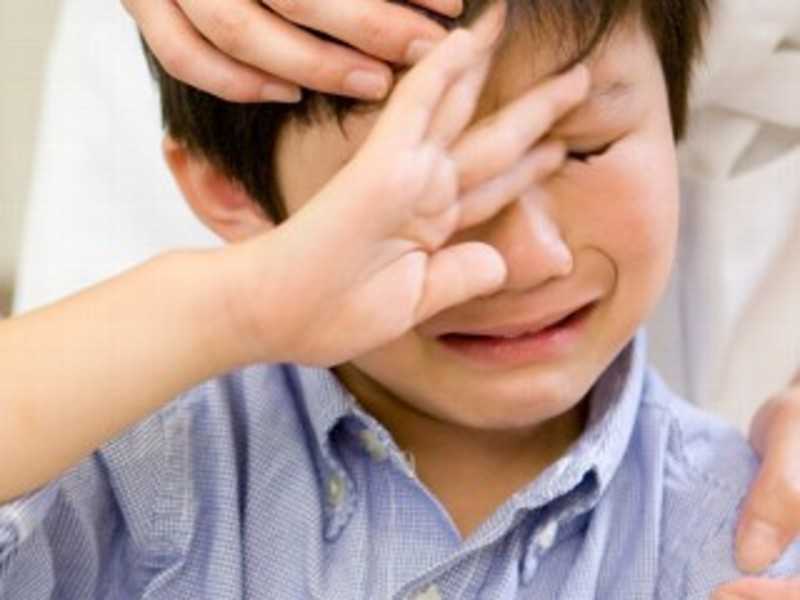
Anxiety is typical for children of both sexes, but there is a difference in the intensity of its experience and the scope of possible factors. So, if we are talking about preschoolers and elementary school, boys are more anxious, and in secondary school and puberty, girls are more likely to be anxious. For boys, the most disturbing areas are violence and the possibility of punishment, for girls - relationships with relatives and strangers. Source:
I.I. Khaprenkov. The problem of studying anxiety in children from the point of view of developmental psychology // Eurasian Scientific Journal, 2016, pp. 302-303.
In adolescence, anxiety can have a mobilizing effect, motivate to certain activities. But for preschoolers or children in elementary school, increased anxiety only affects negatively. If children are constantly afraid of mistakes, trying to control themselves, this leads to problems in daily activities. In addition, constant anxiety and anxiety in children can significantly affect the level of self-esteem, underestimating it.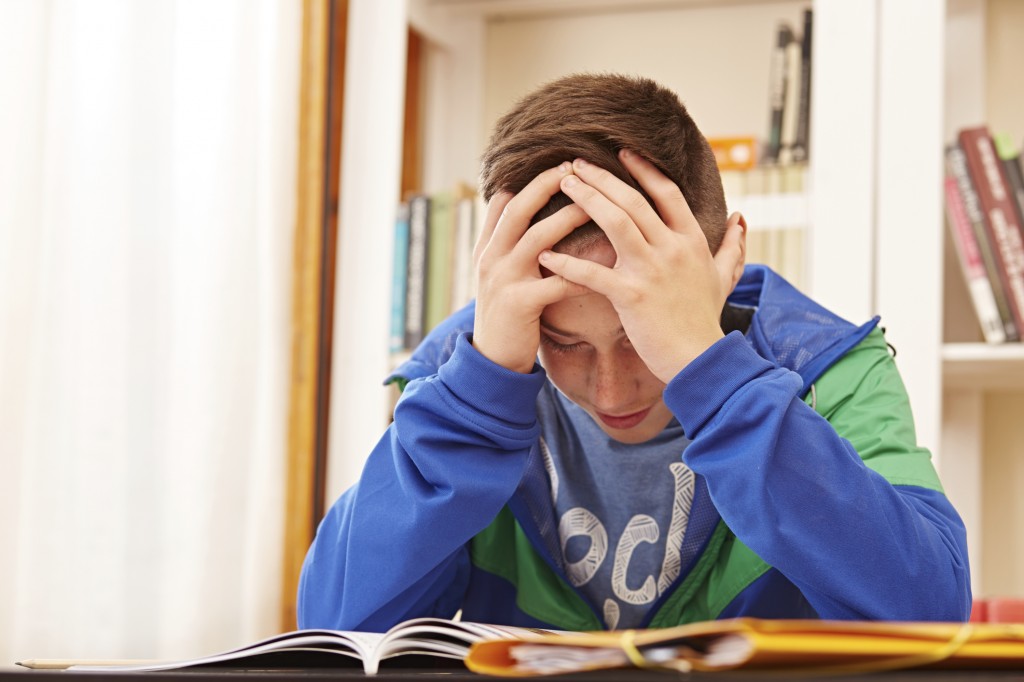 Often, the child's constant anxiety may indicate difficulties with emotional adjustment, an adequate response to certain social situations. This provokes uncertainty in their strengths and capabilities.
Often, the child's constant anxiety may indicate difficulties with emotional adjustment, an adequate response to certain social situations. This provokes uncertainty in their strengths and capabilities.
Definition and explanation of the problem of anxiety in a child
We all experience fear from time to time - both quite real and irrational, associated with our thoughts and feelings. This is one of the mechanisms for the survival of man as a species. Children at different ages are dominated by certain fears associated with the stages of their psychological development and the acquired experience of socialization. So, at an early age, fears of pain, darkness or objects, sounds predominate in children, at preschool age there is often a fear of death, younger students are typically afraid that they will lose the respect and appreciation of their parents and others. For adolescents, the fear of loneliness, enclosed spaces, and crowds is typical. But it is important to determine where ordinary fears and anxieties turn into pathology .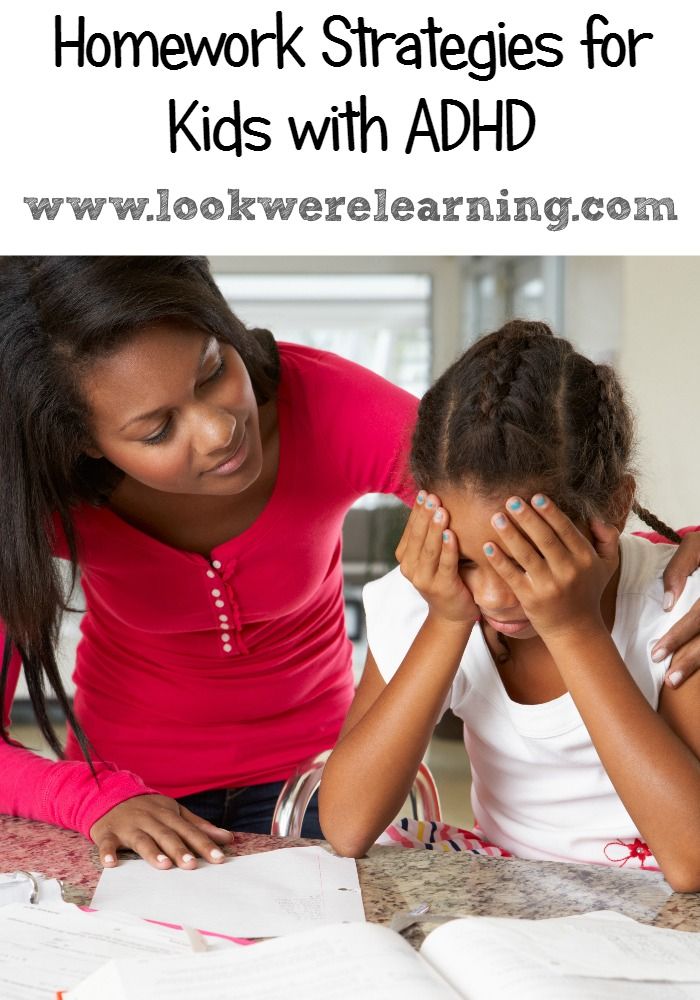 Episodic fears and anxiety are the norm, they are always tied to specific circumstances. But the pathological level of anxiety in a child is a stable condition with clinical symptoms, which is not tied to specific circumstances and real threats to life and health. That is, a child with pathological anxiety is always worried, even when there are no reasons for this, he cannot relax, he is always tense.
Episodic fears and anxiety are the norm, they are always tied to specific circumstances. But the pathological level of anxiety in a child is a stable condition with clinical symptoms, which is not tied to specific circumstances and real threats to life and health. That is, a child with pathological anxiety is always worried, even when there are no reasons for this, he cannot relax, he is always tense.
Why increased anxiety is dangerous
Excessive anxiety of children leads to overwork, decreased performance, reduces the chances of revealing all the talents of the child. The resources of the body are spent on the suppression of emotions and fears, and not on productive activity . If the problem is not solved, it can result in neurosis, depression and personality changes. In addition, full communication with others - peers and adults - suffers. Such children are more likely to become dependent on leaders, they can become members of not the best companies.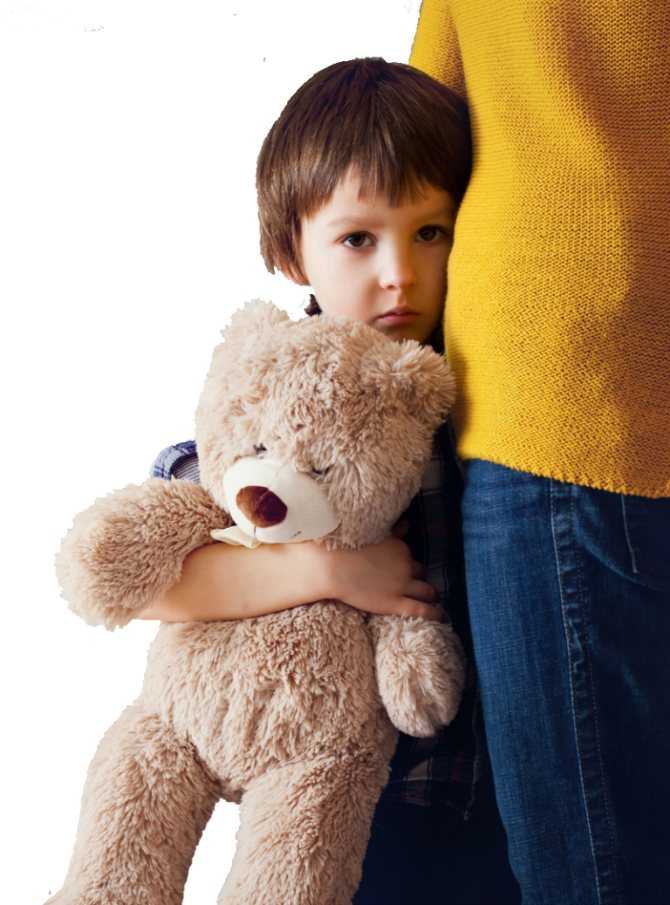
Types of anxiety
It is important for a psychologist to identify the type of anxiety in children. There is situational anxiety - an emotional state caused by external factors. The second type is personal anxiety, a stable trait, an individual feature. It manifests itself as a tendency to excessive, frequent and strong experiences, anxiety due to various circumstances.
Moderate anxiety in certain situations is necessary and useful, but if it goes beyond rational boundaries, this is already a maladjustment reaction that disrupts the organization of the child's behavior and activities.
Causes of anxiety in a child
The condition can be provoked by serious events in a child's life: the death of loved ones, the divorce of parents, failures in school. The risk of anxiety is especially high if these events influence together, burdening each other. But often the problem of children's anxiety lies in the parents themselves or adults who constantly communicate with the child, in the methods of education, the anxiety of the parents themselves, who express it with the baby.
Types of parents who can provoke problems for children:
- Nesting parents. They try to protect children from any problems and dangers. Due to hyper-guardianship, children cannot be independent, feel defenseless before the world and cannot achieve success on their own.
- Parents-projectors, who themselves have not achieved much success in life, are trying to realize them in their child. Or another option - people with a high position in society require their offspring to comply with the status. The desire to adjust the child to ideals leads to anxiety, the baby is afraid to disappoint his parents and not justify their hopes.
- Spartan parents. They want by hook or by crook to educate character and will, too "tightening the screws." They ignore or ridicule the problems of children, which leads to the fact that the child feels like a failure. Source:
O.A. Andrienko. Fears and anxiety in children of primary school age // Humanitarian Balkan Research, 2019, vol.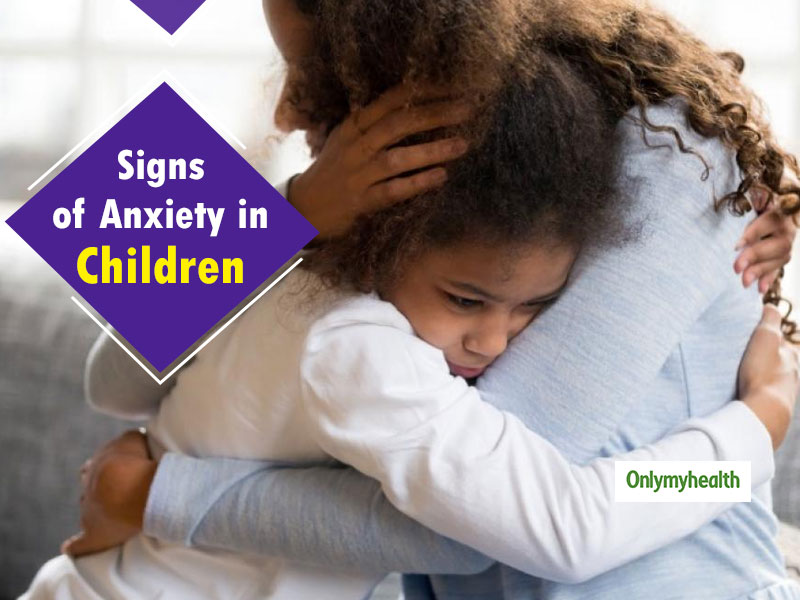 3, No. 2 (4), pp. 63-65
3, No. 2 (4), pp. 63-65
There are also mixed types of parents, as well as grandparents, older brothers and sisters who influence the child. It is also worth highlighting three types of special requirements that can lead to internal conflicts in the child's personality, which serves as a provocateur of increased anxiety:
- Requirements that contradict each other. When parents cannot agree among themselves, or when the wishes of the parents go against the school rules.
- Requirements that are too high or inadequate for the age and abilities of the child. For example, if a child is not capable of sports achievements due to anatomy and physiology, and parents certainly want to make him a sports star.
- Negative (or negative) demands that humiliate the honor and dignity of the baby, emphasizing his dependence on the decisions of adults. For example, male fathers demand to stop being capricious, otherwise they will not buy toys for the child or will not take it with them.
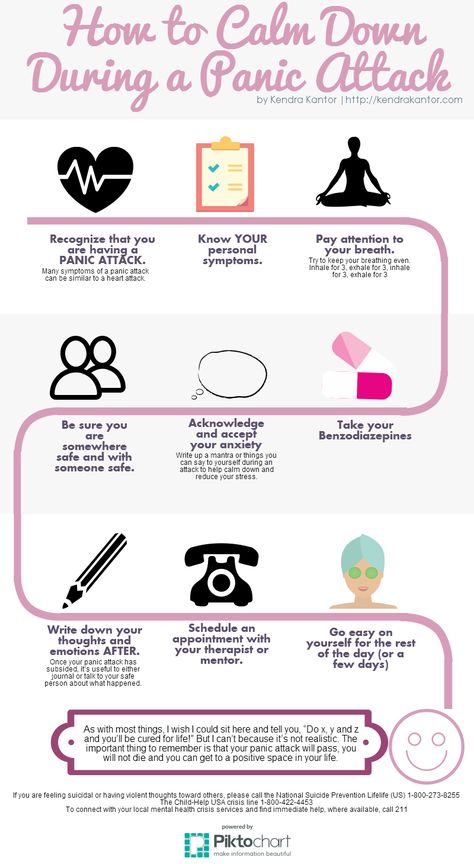
Anxiety diagnostics
In order to start overcoming anxiety in children, it is important to correctly and timely recognize the problem. Most children do not tell their parents about problems, and teenagers deny any trouble at all. Therefore, along with changes in mood and behavior, it is important to note external symptoms in a child: chills or hot flashes, sweating, hand tremors, increased heart rate, shortness of breath, muscle tension. Children may complain of chest pain, numbness in the limbs, headache, dizziness, or lightheadedness.
To diagnose anxiety, you can use the Lavrenteva and Titarenko scale, as well as the CMAS criteria. They involve a number of questions. Each affirmative answer is 1 point. Questions relate to the child's behavior, his emotions, communication with peers, statements. If, after completing the survey, almost the maximum scores (up to 15-20) are scored, the child has increased anxiety. With an average score (up to 7-14), the degree of severity is average, up to 6 points - the risks are low.
What to do: tips for parents
Having learned about the problem, there is no need to worry and panic, especially with a child. It is necessary to systematically work with children to reduce anxiety. As you grow older, the problem gradually weakens, but you should not wait for everything to go away on its own. Otherwise, by an older age, this can result in depressive disorders, motivation and life success will decrease.
There are a number of tips for relieving anxiety in children that parents should keep in mind.
First of all:
- You can not threaten the child, including physical punishment or unrealistic actions ("I will give you to strangers if you do not obey," etc.). Children take their parents' words seriously.
- Give up screaming, swearing at the child, especially in front of other people.
- You can not use derogatory expressions and insults, they reduce the self-esteem of children.
- It is worth abandoning the practice of comparing a child with other children, no matter how this comparison is (positive or negative).

- You should not constantly criticize the child, it is better to translate it into the category of advice (but in moderation) or instructions.
- There is no need to make excessive demands on the child, you always need to take into account his individuality.
- Give up the practice of apologizing for any wrongdoing. It is important that children honestly explain the reasons for their behavior.
- There is no need to demand courage, children need to get used to the new environment or people.
- It is not necessary to force the child to compete with others, especially in those areas where he is not strong.
- You can not question the authority of other people (coach, teacher at school), demanding that the child listen only to you.
To help eliminate anxiety, parents need to make an effort to connect with the child and change their own behavior. It is important to address the baby by name, look into the eyes when talking, increase the volume of affectionate touches - all this increases the level of trust. Discuss the successes of the child with other family members more often, look for reasons for praise, even in small things.
Discuss the successes of the child with other family members more often, look for reasons for praise, even in small things.
It is important to allow the child to communicate with friends in his home, to arrange holidays with them. This is extremely important for socialization.
In punishments and rewards, one must be consistent, if one thing was promised, one cannot do something completely different on another day. You should always follow the established rules yourself before demanding it from children.
It is important to achieve a single line of education by all family members so that the child does not have a double feeling regarding the reaction to the educational process.
It is important to discuss with the child all his difficulties of communication and learning, developing strategies for achieving success, set an example of positive expectations from the future.
If all these efforts of parents do not bring results, it is important to turn to a professional psychologist for help.




